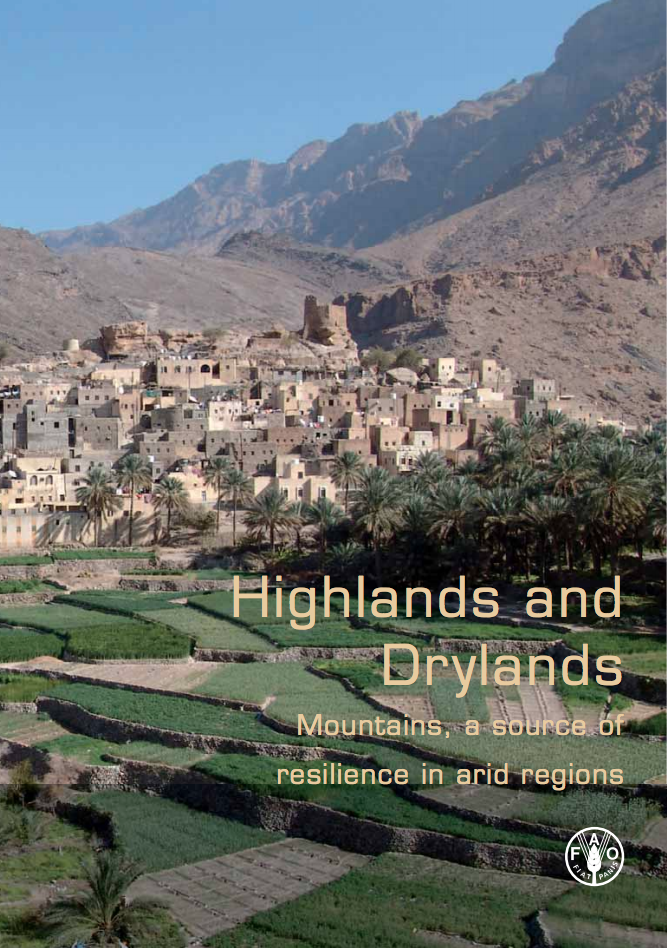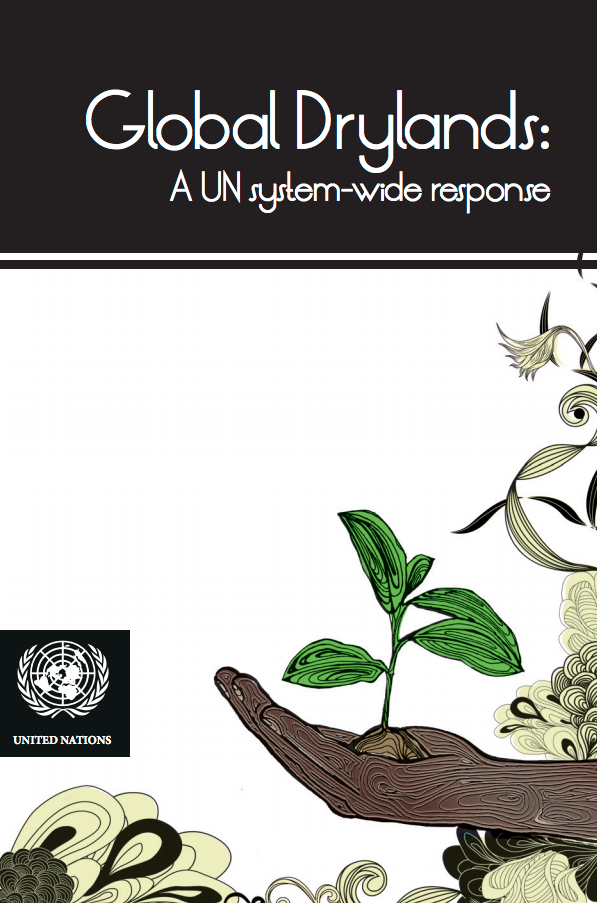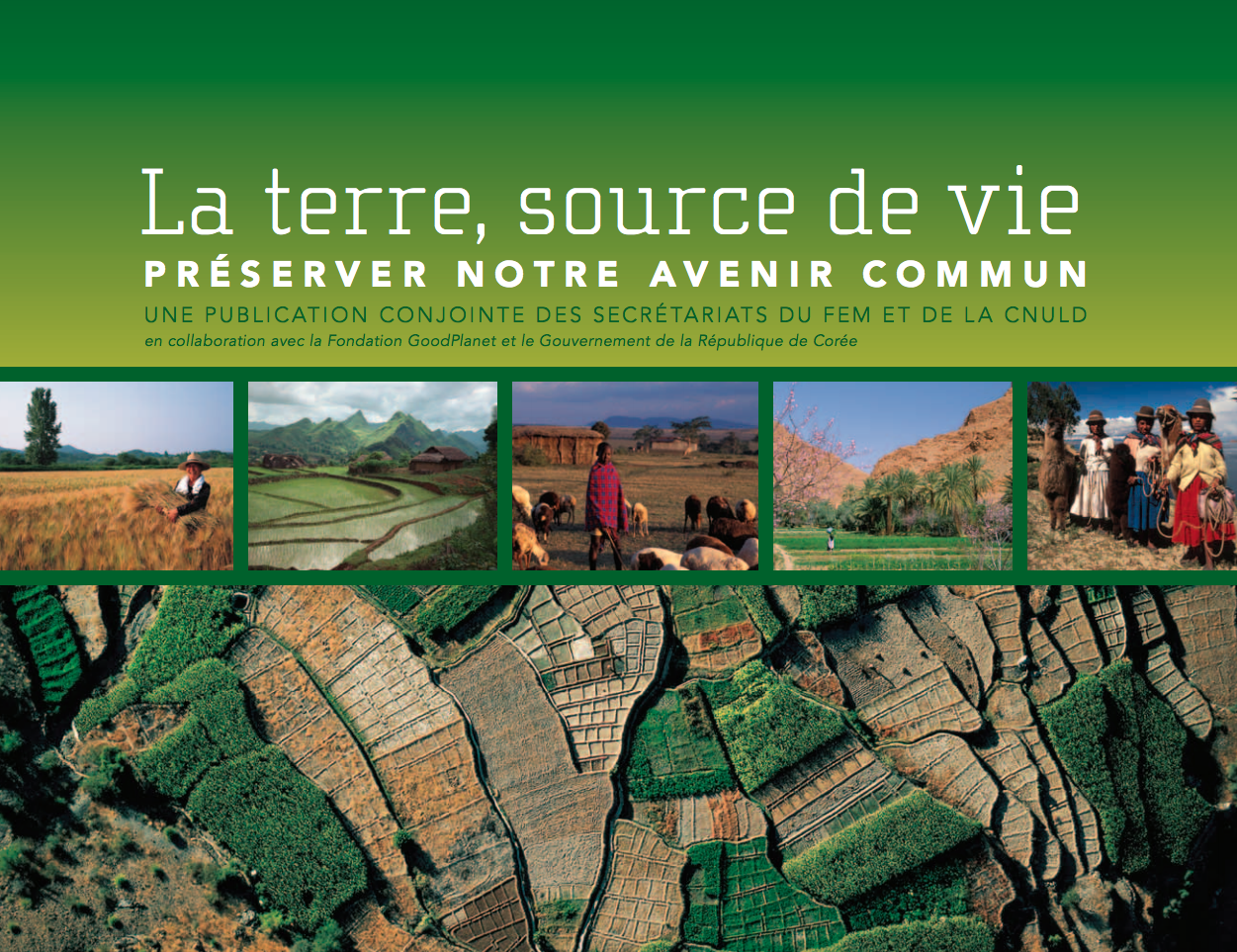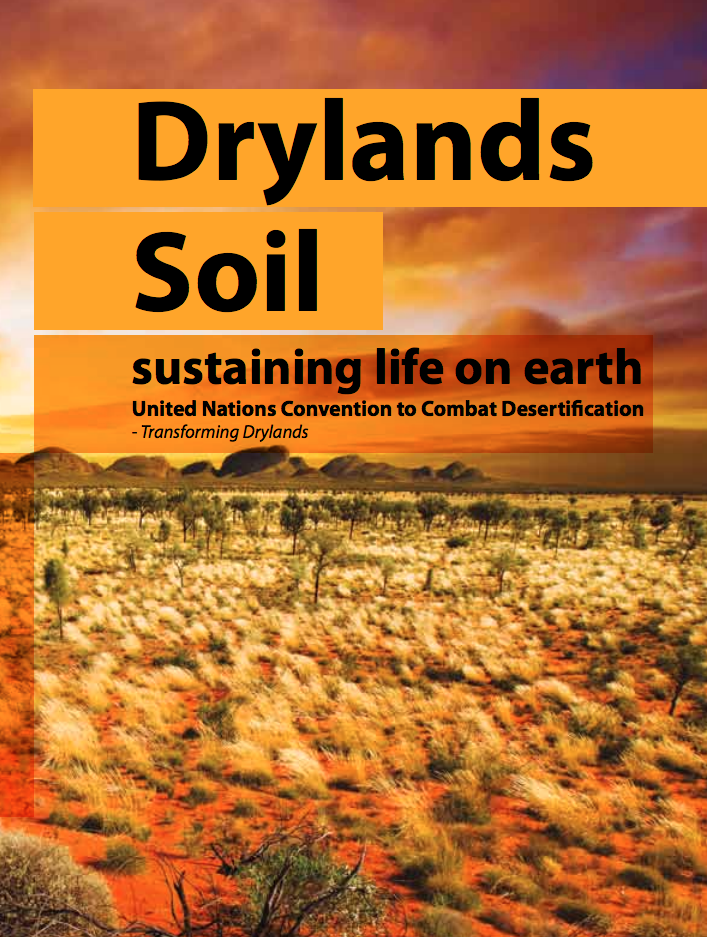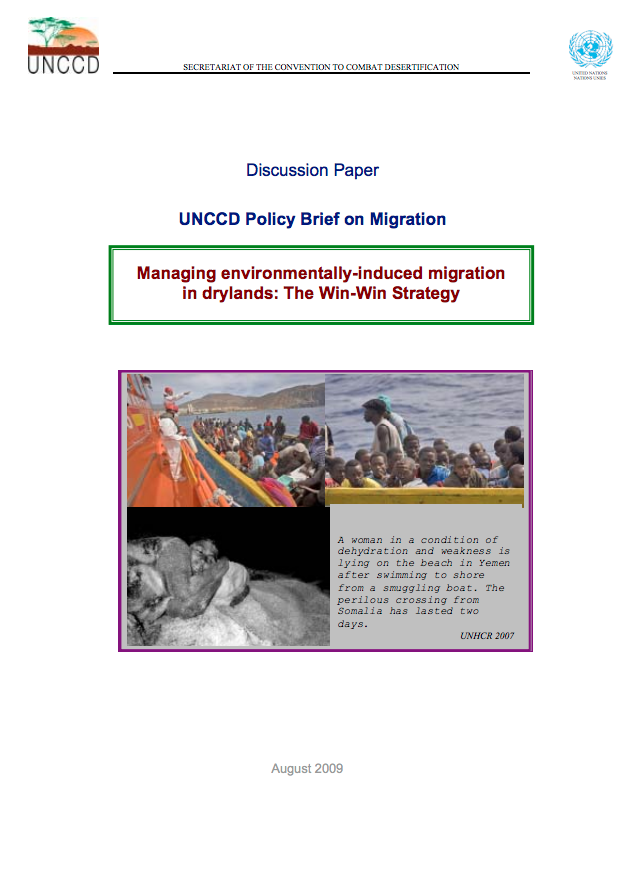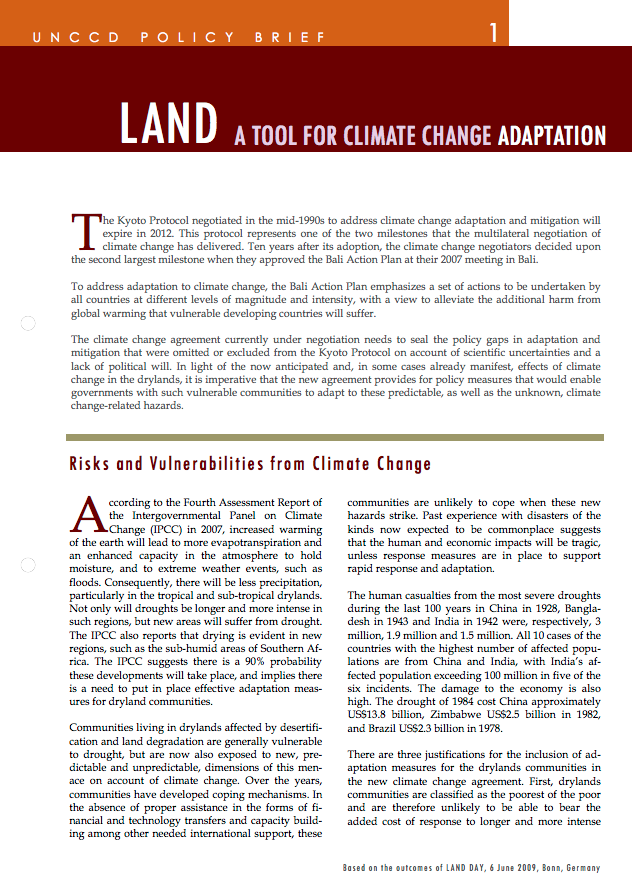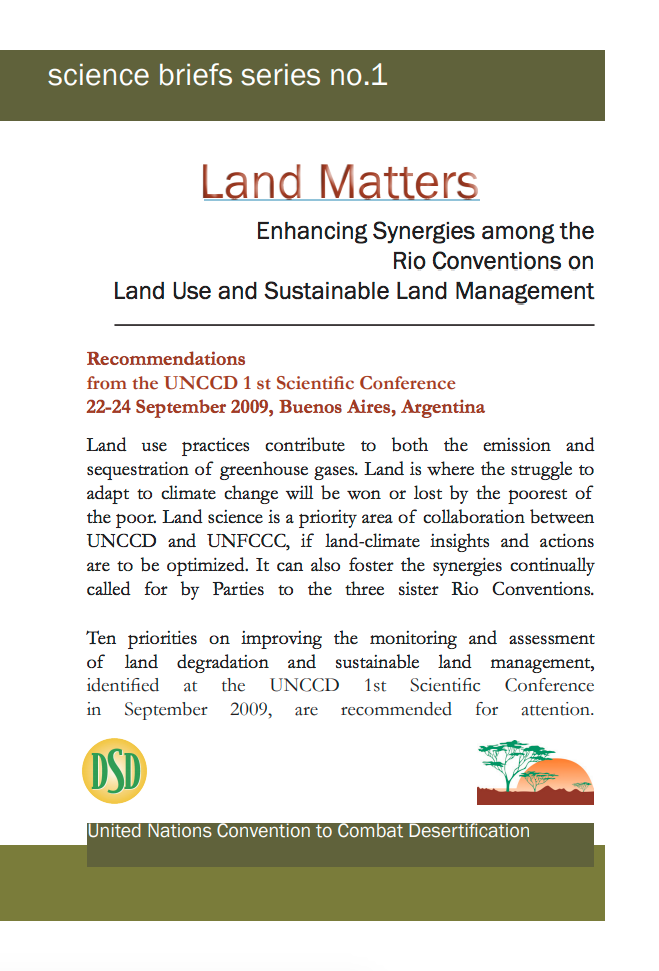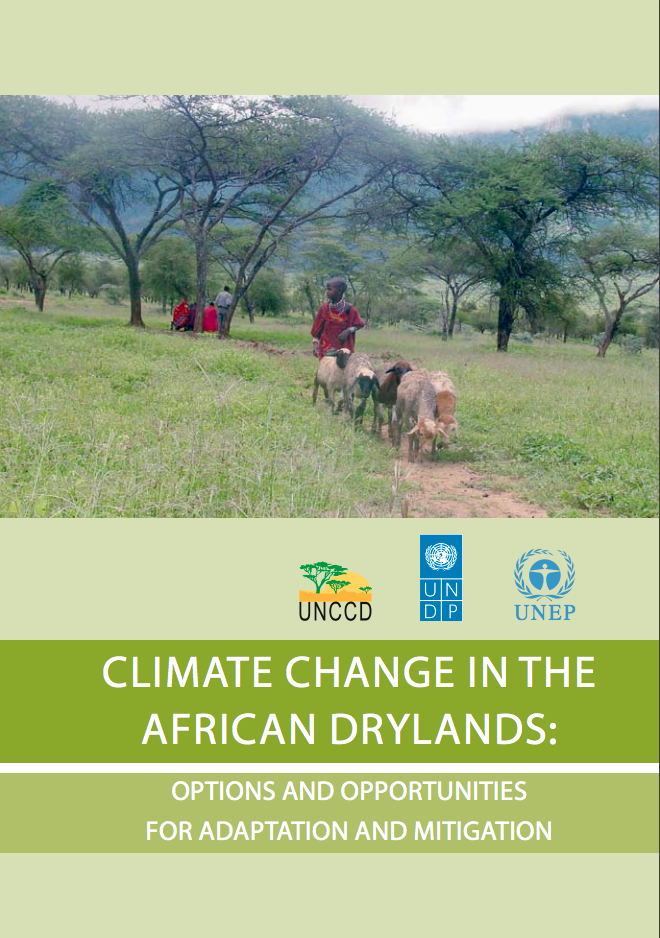Highlands and Drylands Mountains, a source of resilience in arid regions
Dryland mountains are among the least-known environments in the world, and certainly one of the most overlooked by decision- and policy-makers.
Dryland mountains have an outstanding strategic value. They act as water towers for surrounding dry lowland areas, as shown by the examples of the Rocky Mountains of North America, the Central Andes, the mountains of the Mediterranean Basin, the Sahara and Sub-Saharan Africa, West Asia, and Central Asia

